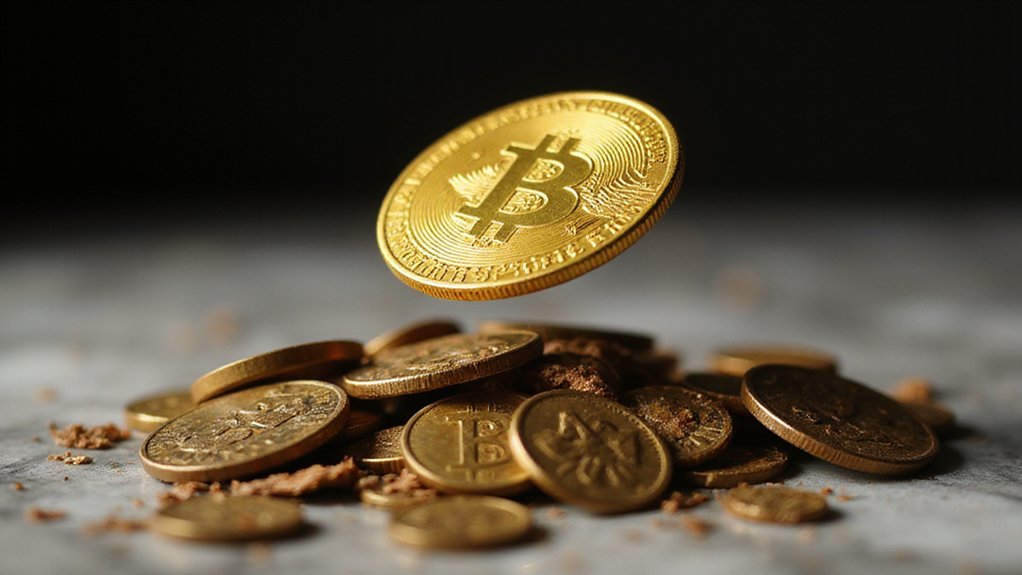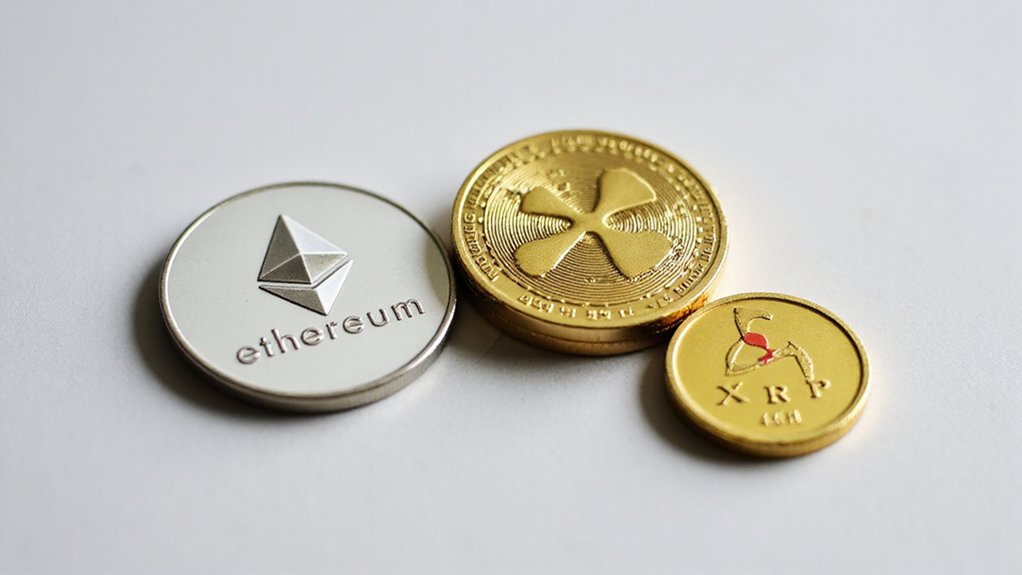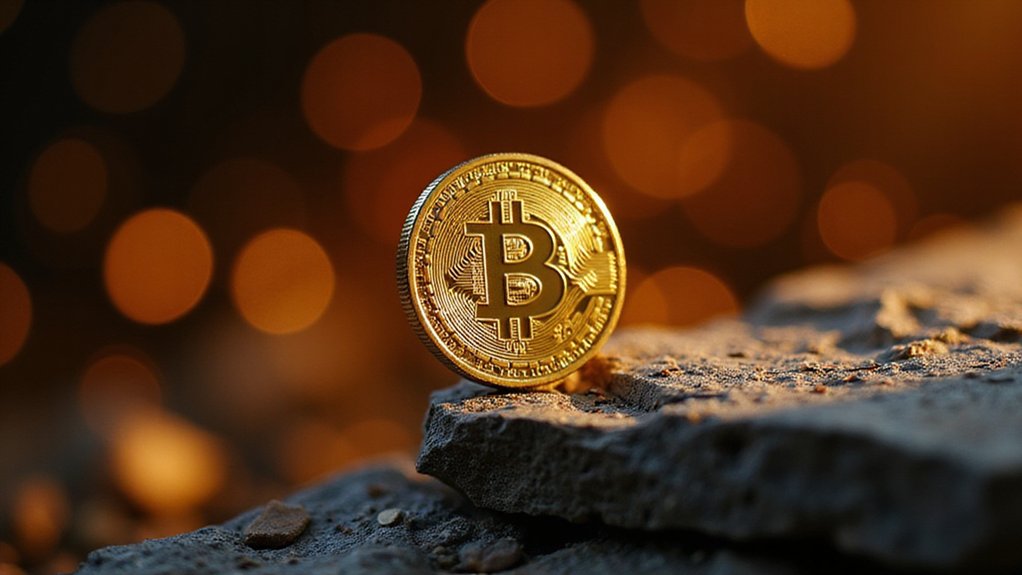While traditional banking systems lumber through their decades-old settlement processes like freight trains maneuvering through Victorian-era infrastructure, stablecoins have emerged as the financial sector‘s answer to the age-old question of whether one can have their cake and eat it too—combining the stability of fiat currencies with the technological prowess of blockchain networks.
The mathematics are compelling: where cross-border wire transfers dawdle for days while extracting fees that would make medieval tax collectors blush, stablecoins execute international transactions in minutes for fractions of pennies. This efficiency stems from their distributed ledger architecture, which eliminates the Byzantine network of correspondent banks that traditional finance relies upon with almost religious devotion.
Yet stablecoins’ true revolutionary potential lies not merely in their operational superiority but in their economic positioning. Backed by fiat-denominated assets like Treasuries and commercial paper, major stablecoins maintain price stability while offering inflation resistance—a particularly attractive proposition when central banks appear determined to demonstrate that money printing remains an art form rather than a science.
Stablecoins offer inflation resistance while central banks treat monetary policy like performance art rather than precise science.
This creates fascinating market dynamics where stablecoins can exhibit flight-to-quality behaviors during stress periods, fundamentally functioning as digital money market funds with superior liquidity characteristics. However, stablecoins face significant challenges with singleness as they often trade at varying exchange rates due to issuer tagging, unlike traditional money which maintains uniform value across institutions.
The regulatory landscape presents both opportunity and challenge. While traditional currencies operate within well-established frameworks, stablecoins navigate evolving regulatory environments that often struggle to categorize assets that defy conventional classification.
This regulatory uncertainty, however, has not prevented stablecoins from demonstrating their capacity for financial inclusion, particularly in regions where traditional banking infrastructure remains conspicuously absent or prohibitively expensive. The 24/7 availability of stablecoins provides uninterrupted access to financial services regardless of banking hours, weekends, or holidays.
Perhaps most intriguingly, stablecoins leverage smart contracts and decentralized governance models that reduce intermediary dependence—a development that traditional financial institutions regard with the enthusiasm typically reserved for root canal procedures. Leading examples like Tether (USDT) and USD Coin (USDC) have demonstrated this capability by achieving massive scale while maintaining relative price stability.
The transparency inherent in blockchain technology provides real-time auditability that makes traditional banking’s monthly statements seem quaint by comparison.
As market competition intensifies and technological scalability improves, stablecoins are positioned to challenge traditional finance’s monopoly on monetary transactions.
Whether this represents evolution or revolution depends largely on how quickly incumbent institutions adapt to a reality where technological superiority, rather than regulatory protection, determines market leadership.









